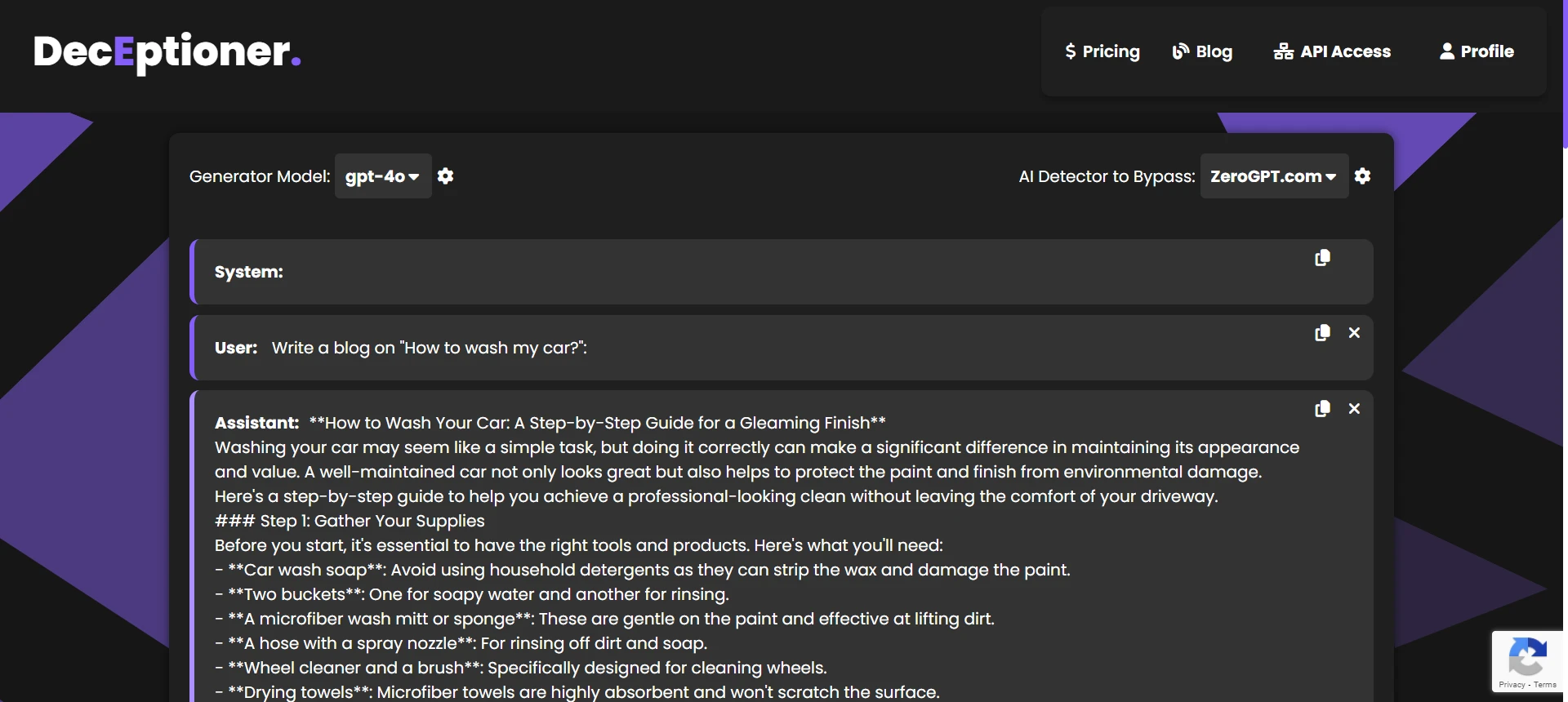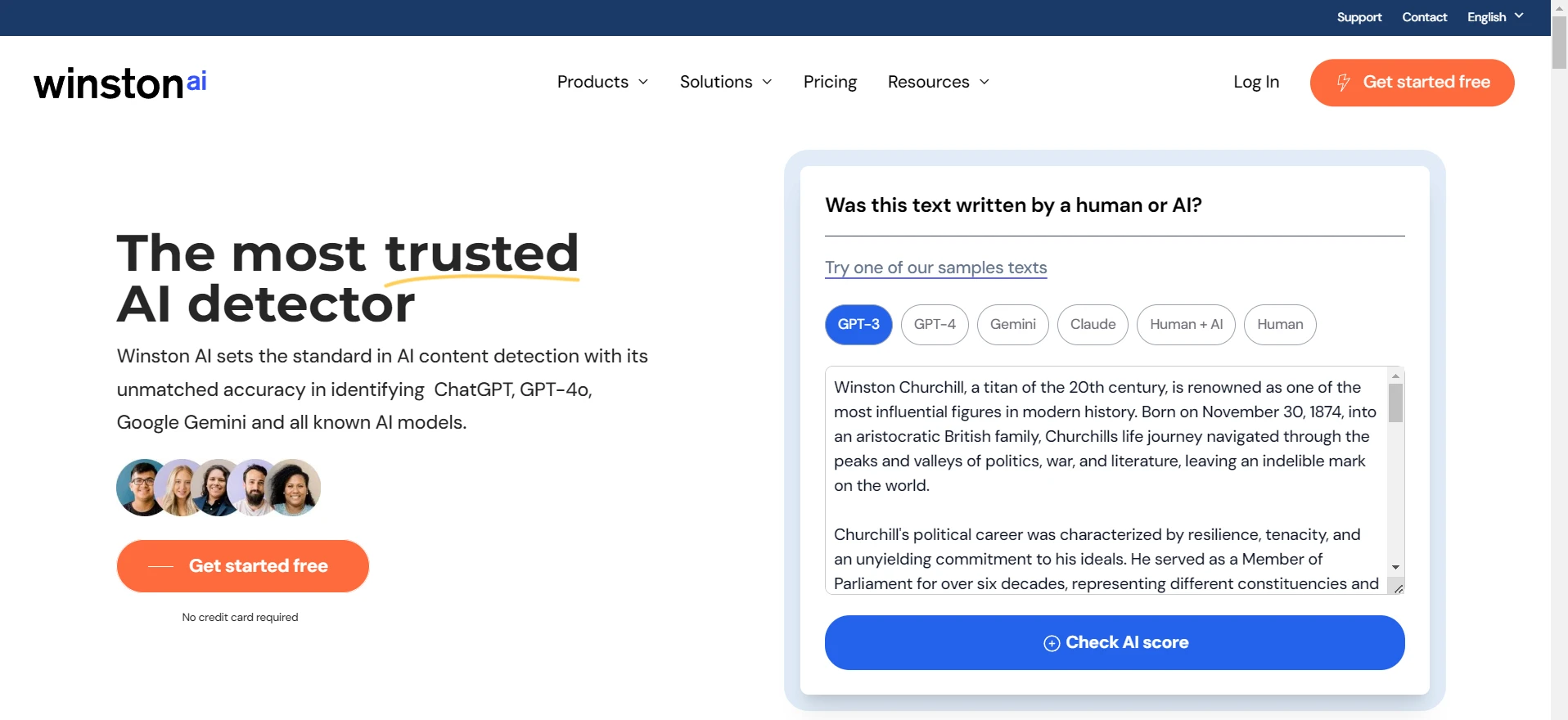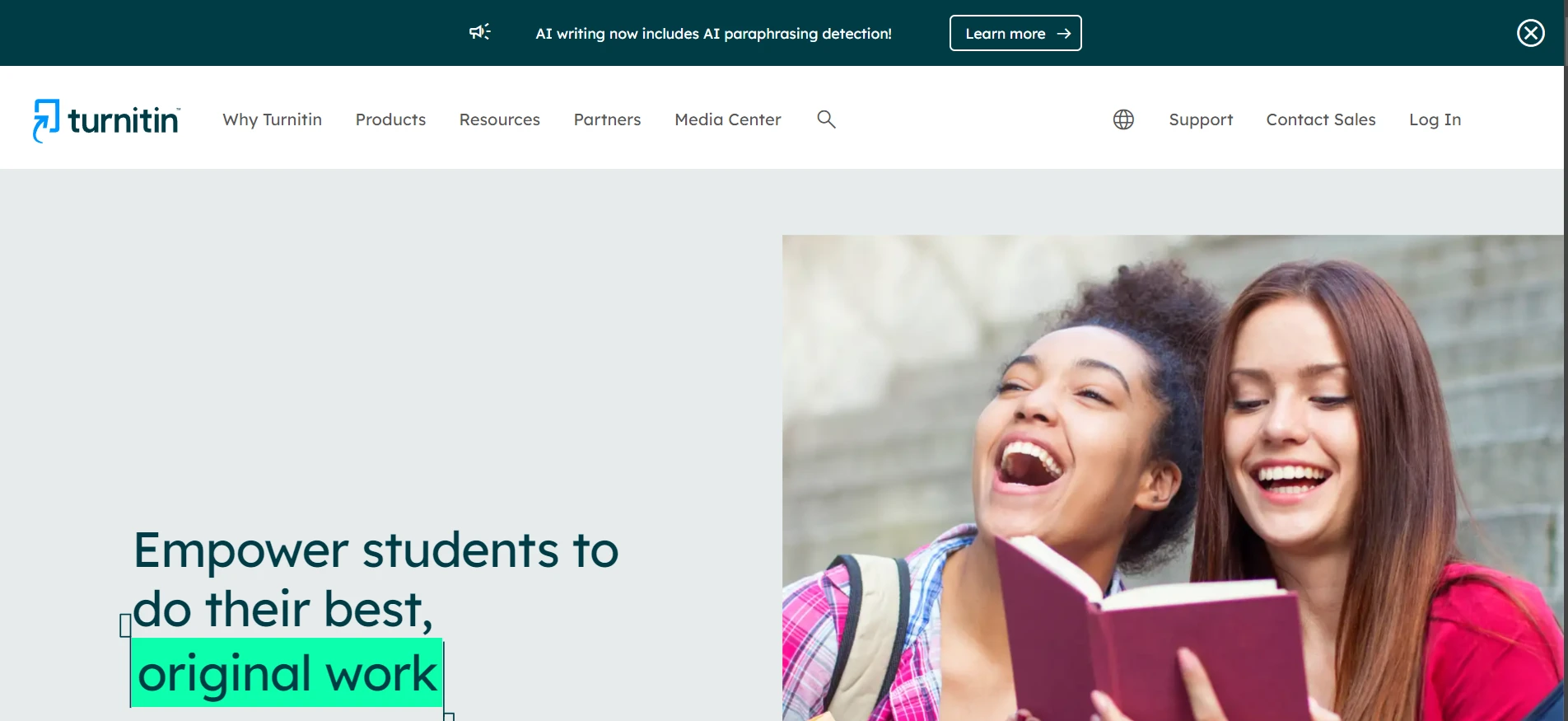The short answer is NO. The longer answer is the devil lies in the details. Keep reading to know more about it.
Why Gradescope Doesn’t Automatically Detect Cheating?
Gradescope is not made to be an automated cheating detector. You can see this on their website as well. They never advertise an AI cheating-detection mechanism like you get with dedicated anti-cheating tools or proctoring services. Hence, if it is not made to accomplish this task it won’t be able to do it.
I have tried this tool personally, and honestly it is not super-advanced. It has some basic AI/ML features that helps instructors to flag certain patterns like multiple students marking the same incorrect option, etc. But other than this I didn't saw any major AI features.
Also Read: Does Gradescope Detect ChatGPT?
So, Does That Mean It’s Completely Useless?
Not at all. Gradescope does have some features that can deter students from copying in the first place. They’re not turned on by default, but they exist. However, you have to manually enable them and also do some post-exam analysis (if you want) to catch any suspicious collusion. Below are the main features:
- Time Limits
By setting a strict time limit for an online multiple-choice exam, you reduce the window for students to coordinate or look up answers externally. This won’t guarantee they won’t cheat, but it makes it harder. - Randomization
Gradescope allows you to shuffle both the order of questions and the order of the multiple-choice options themselves. This is disabled by default, but you can enable it in online exam settings. Because each student’s exam is randomized, it gets trickier for them to share a neat list of A-B-B-C answers. - Instructor Review Tools
One thing that I really like is how you can grade the same question across all submissions. If, for instance, 10 students wrote the same bizarre incorrect answer, it stands out more when you’re reviewing them side-by-side. Gradescope also has an AI-assisted grouping feature for handwritten or short-answer questions which lumps similar answers together (handy for old-fashioned cheating signals). However, for multiple-choice, it’s mostly up to you to notice patterns. - Hiding Exam Content After Submission
Instructors can hide the questions and the student’s own answers after the exam period ends. This prevents students from capturing those questions and sharing them with friends who haven’t yet taken the exam. That means less chance of future students copying from earlier submissions.
Also Read: How to Request Regrades on Gradescope?
External Tools and Statistical Analysis
Gradescope does not compute suspicious correlation scores for multiple-choice patterns. Some instructors export the results (like a spreadsheet summary of each student’s MC answers) and run external tools to look for suspicious patterns (e.g., matching on the same 50 out of 50 answers, including the same unusual mistakes). If the chance of two people getting the same pattern is astronomically small, that’s a big red flag. Tools like “Examinator” are out there, but they’re not officially affiliated with Gradescope.
And if you want to go deeper with plagiarism or AI detection, you’ll probably hear about Turnitin. Although Gradescope is a Turnitin product, it does not automatically run Turnitin’s similarity or AI tests on your exam. You either connect it via your school’s LMS or manually export PDFs to Turnitin. That’s an external step, not something that Gradescope does by default.
Also Read: How Gradescope Upholds Academic Integrity?
What about AI-Generated Responses?
Gradescope is basically AI-agnostic in terms of text. It doesn’t label or detect if your answers are from ChatGPT or any other AI. There’s no integrated “originality” or “AI-submission” score for typed responses. For programming assignments, you do get Code Similarity Reports (like if two students turn in the same code for a “calculator.py” file). But for multiple-choice? There isn’t a parallel cheat-detection score. If a bunch of students used the same AI tool to produce a chunk of text, you could maybe see it in a short-answer question grouping, but Gradescope itself will not automatically highlight it as “AI-generated.”
Proctoring and Lockdown Features?
None are built into Gradescope. As of 2024, there’s still no official Gradescope proctoring solution or lockdown browser. The roadmap indicates they might add a lockdown browser in the future, but for now you’d need to pair Gradescope with Zoom, or you can invest in a third-party solution like Proctorio or Respondus. Without external proctoring, students can technically open other browser tabs, take screenshots, or have someone else feed them answers. It’s entirely possible.
Also Read: Can Gradescope Really Detect Cheating?
Which Tools Are Made Specifically to Catch Exam Fraud?
Proctoring solutions (e.g., ProctorU, Respondus Lockdown Browser) and advanced anti-plagiarism detectors (e.g., Turnitin) are all built for that purpose. Gradescope is not. They focus more on grading workflows, randomizing questions, and letting instructors do reviews in an organized manner. If you absolutely want robust cheat detection, you might consider hooking up Gradescope with your LMS or using some external proctoring service that controls the testing environment.
Why Is Gradescope Still Worth It?
Because it has a fantastic interface that speeds up the grading process. In my personal experience, it’s been great for handling large classes. And with the randomization and time-limits in place, it significantly reduces the likelihood of systematic collusion, even though it doesn’t spot it automatically.
Frequently Asked Questions
Q1. Does Gradescope automatically detect if two students have nearly identical multiple-choice answers?
No, Gradescope doesn’t run an automated post-exam collusion check. You can export data and do your own analysis though.
Q2. Is it cheating if I use Gradescope’s randomization features?
No, randomization is specifically intended to reduce cheating by preventing students from seeing the same question order. It’s not cheating at all; it’s recommended.
Q3. Does Gradescope log suspicious exam behavior?
It does log submission timestamps and records IP addresses, but it doesn’t flag suspicious behavior on its own. Instructors can see the submission times, which might reveal weird patterns (like someone changing all answers at the very last minute).
Q4. Can Gradescope detect AI-generated text?
No, it is AI-agnostic and doesn’t tell you if your students used ChatGPT. But if they all used the same AI tool and ended up with strikingly identical answers, you might spot it while reviewing their submissions.
Q5. Do I need to use an external proctoring tool with Gradescope for major exams?
Yes, if you want to truly lock down the exam environment. Gradescope does not record video, audio, or block other tabs. You would need a separate proctoring tool for that.
The Bottom Line
Gradescope is a fantastic assessment and grading platform for multiple-choice exams, short answers, and even programming assignments. However, it is not built to automatically detect fraud in multiple choice exams. You can definitely prevent it to some extent by setting time limits, randomizing questions, or hiding the answer choices after submission. If you suspect collusion, you can always compare students’ submissions side-by-side or export the data for statistical analysis. In the end, if you’re looking for real-time cheat blocking or sophisticated AI detection, you’re going to need a dedicated proctoring system or external detection software.

![[HARD TRUTH] Does Gradescope Detect Frauds in Multiple Choice Exams?](/static/images/does-gradescope-detect-frauds-in-multiple-choice-examspng.webp)
![[STUDY] Can Phrasly AI Humanizer Bypass ZeroGPT?](/static/images/can-phrasly-ai-humanizer-bypass-zerogptpng.webp)
![[STUDY] Can Phrasly AI Bypass Turnitin?](/static/images/can-phrasly-ai-bypass-turnitinpng.webp)
![[HOT TAKE] Is Winston AI or GPTZero more accurate?](/static/images/is-winston-ai-or-gptzero-more-accuratepng.webp)
![[NO NONSENSE ANSWER] Is Turndetect Permanently Down?](/static/images/is-turndetect-downpng.webp)





